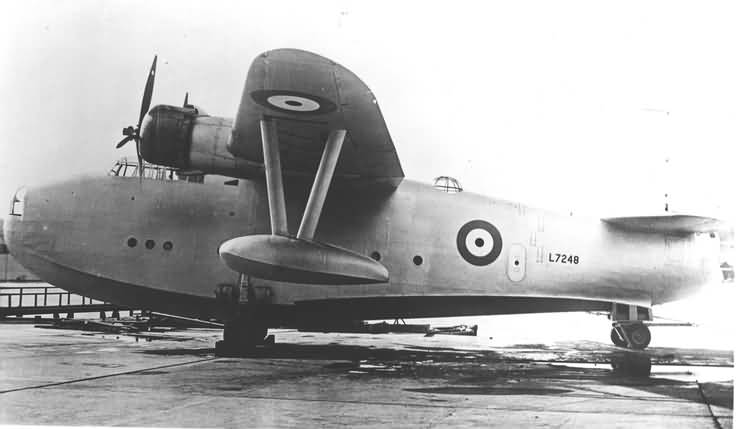Crash of a Consolidated B-24D-1-CF in Wheeler AFB: 12 killed
Date & Time:
Jul 30, 1945 at 0920 LT
Registration:
42-63765
Survivors:
No
Schedule:
Wheeler - Wheeler
MSN:
14
Crew on board:
12
Crew fatalities:
Pax on board:
0
Pax fatalities:
Other fatalities:
Total fatalities:
12
Circumstances:
The crew departed Wheeler AFB at 0836LT on a local calibration mission. At that time, weather conditions were marginal with a ceiling at 2,000 feet and light rain. While flying around the airbase, the aircraft christened 'Evelyn' went out of control and crashed in a huge explosion in Schofield Barracks, about a mile northwest of the airfield. All 12 crew members were killed.
Crew:
Sgt Abraham H. Albert,
Sgt Elmo L. Engman,
1st Lt John Franco,
Cpt William D. Frostic,
S/Sgt William G. Gilliland,
Sgt James P. Hinchsliff,
1st Lt Kenneth C. Kinne,
Sgt Robert E. Krueger,
S/Sgt Stephen P. Medovich,
S/Sgt Hubert P. Miller,
1st Lt David A. Moyer,
1st Lt Russell E. Reeves Jr.
Crew:
Sgt Abraham H. Albert,
Sgt Elmo L. Engman,
1st Lt John Franco,
Cpt William D. Frostic,
S/Sgt William G. Gilliland,
Sgt James P. Hinchsliff,
1st Lt Kenneth C. Kinne,
Sgt Robert E. Krueger,
S/Sgt Stephen P. Medovich,
S/Sgt Hubert P. Miller,
1st Lt David A. Moyer,
1st Lt Russell E. Reeves Jr.



